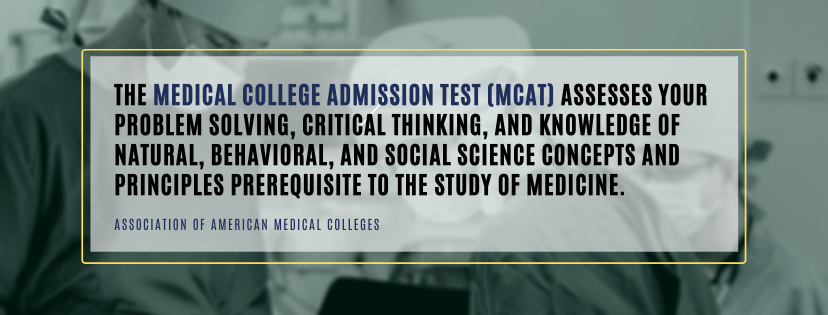
That’s not what’s happening in that last paragraph. A deeper level would involve paying greater attention to the word. For example, if the participants skimmed over a word on the list, that is a shallow level of processing. Depth of processing involves how much an individual thinks about specific information. The participants are retrieving words that are related to the words on the list That is very similar to what is happening in the passage. For example, at the mention of the color red and the word “vehicle,” two nodes that may be activated at the same time to relate a personal memory of a car they owned, or a fire truck. These nodes create an activation pattern of other related nodes and this is how singular events are remembered.
#AAMC SHORTENED MCAT PRACTICE TEST SERIES#
Spreading activation is a theory proposed that relates storage of memories to the activation of a series of nodes. We’ll end up defining those terms and seeing which one best ties into the passage. We want to relate this finding to one of the four statements shown as answer choices. This is supported by the data in Figure 1, so the best answer here is going to be answer choice C.Ģ) To answer this question, we can quickly look back at the passage and note where the author talks about retrieving words related to the words on the list. Recognition is easier than recall for the adults. This is supported by the gray bars in Figure 1 being taller than the black bars in Figure 1. Participants without memory impairments perform better in the recognition task compared to the recall task.This statement is not supported by the data in Figure 1.

This is not something that normally happens. In the Alzheimer’s patients, we see the recall numbers decrease significantly (which is partly expected), but we also see recognition numbers decrease significantly. We note that recall gets tougher as individuals age, but recognition is relatively stable, regardless of age. The memory problems in Alzheimer disease are an acceleration of the aging process.That means recognition is stable in adults without memory impairments. We can see the bars are all relatively close together in height. Recognition is given by the gray bars in Figure 1. Recognition is relatively stable in adults without memory impairments.

This statement is supported by the data in Figure 1. We can look at the recall task bar for the three age groups and notice that black bar gets smaller as age increases.


 0 kommentar(er)
0 kommentar(er)
